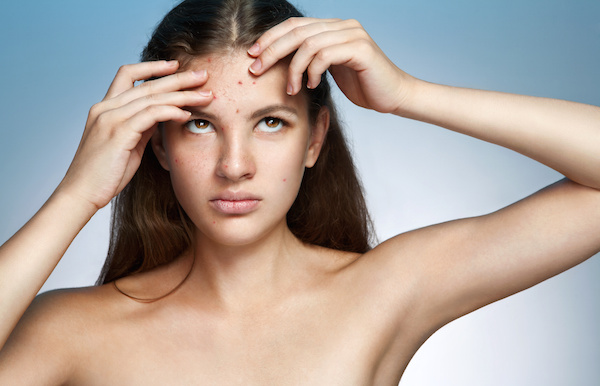
WEDNESDAY, June 3, 2015 (HealthDay News) — The many different types of bacteria that live on your skin are your first line of defense against dangerous germs, but the protection they provide may be reduced by exposure to ultraviolet light and lack of nutrients and moisture, researchers say.
These challenging conditions cause some bacteria to die and others to become dormant, according to study author Sarah Cummins from Indiana University in Bloomington, and her colleagues.
The researchers looked at the activity of different types of skin bacteria (the skin microbiome) from three different areas of the body: the upper back, the forearm and behind the knee. Overall, about 90 percent of the bacteria were either dead or inactive. But, there was significant variation depending on the location.
The upper back had the highest amount of active bacteria (11 percent). The upper back also had the highest amount of dead bacteria (67 percent). The forearm had the most dormant bacteria (55 percent). Activity levels of bacteria collected from behind the knee were somewhere between those of the upper back and the forearm.
The researchers also found that as people grow older, skin bacteria become less active.
Results from the study were to be presented this week at the annual meeting of the American Society for Microbiology in New Orleans. Findings presented at meetings are generally viewed as preliminary until they’ve been published in a peer-reviewed journal.
“We developed two main hypotheses to explain these results,” Cummins said in a society news release.
“The first is that the lack of nutrients and moisture on our skin creates a harsh environment for the cells, and they are not able to breathe and grow at full capacity, if at all, with this lack of nutrition. The differences in nutrient availability (e.g., oil, sweat) on each skin site accounts for the differences in activity levels,” she explained.
“The second hypothesis is that our immune system causes the cells to have a low level of activity,” Cummins said.
A low activity level may be a way for bacteria on the skin to avoid detection and destruction by the immune system. And, if that’s true, Cummins said, these findings could impact the treatment of skin-associated diseases.
More information
The U.S. National Institute of Arthritis and Musculoskeletal and Skin Diseases has more about skin health.
Copyright © 2025 HealthDay. All rights reserved.

